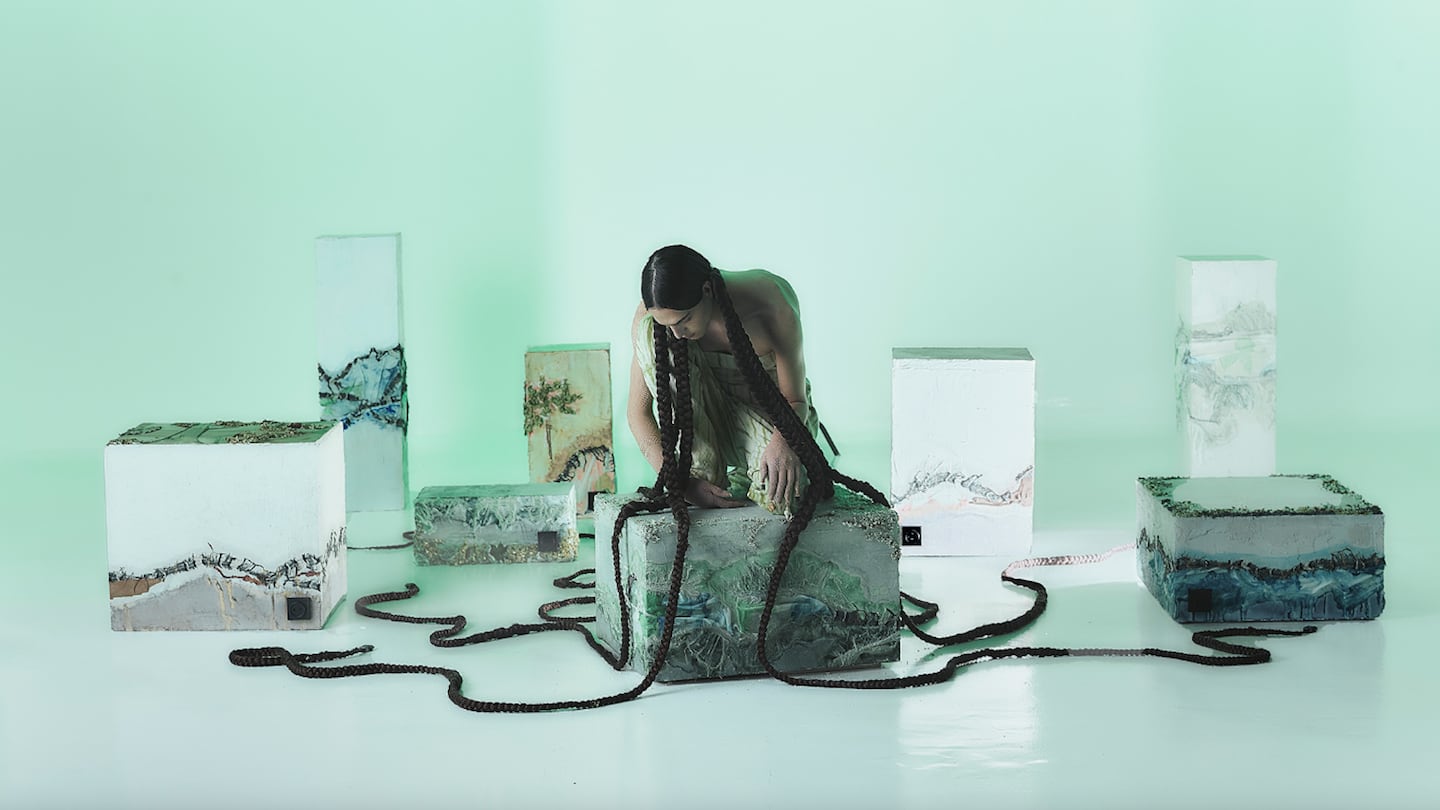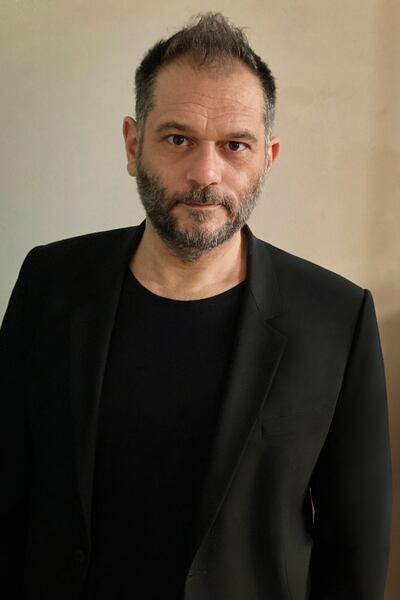
The Business of Fashion
Agenda-setting intelligence, analysis and advice for the global fashion community.

Agenda-setting intelligence, analysis and advice for the global fashion community.

Istituto Europeo di Design (IED) boasts 11 campuses across Italy, Spain and Brazil that teach undergraduate and postgraduate courses in design, fashion, visual art and management, leveraging an interdisciplinary, project-led approach to fashion education.
Almost a third of IED Firenze students come from abroad, where the international campus welcomed the new director, Danilo Venturi, and launched five new Master’s programmes: Creative Direction for Fashion; Fashion Trend Forecasting; Fashion Brand Management; Fashion Business; and Fashion Merchandising and Buying.
To execute the programmes, IED is placing mentorship at the core of the education process, leveraging the expertise of five industry leaders: Danielle Kwateng, executive editor at Teen Vogue; Elizabeth Bowring, head of catwalks at WGSN; Theo Grassl, member of the executive board of the Fashion Council Germany; Margherita Maccapani Missoni, entrepreneur and creative director; and Andrea Selvi, international business development and buying manager at Yoox Net-A-Porter Group.
To prepare its students for the future of fashion, the courses will focus on technology and innovation, grounding the education with core design concepts. The programmes also integrate applied projects centred on social impact. Outside of the postgraduate programming, the school is also expanding mentorship within its undergraduate courses.
Connecting its students to the cultural past of the Renaissance city, IED Firenze has fashion labs in Palazzo Pucci, alongside the Emilio Pucci Heritage Hub. The former Emilio Pucci Headquarters acts as a symbolic “sixth mentor”, lending a Genius Loci — the capability of a space to inspire — to the students.

Now, BoF sits down with IED Firenze’s director Danilo Venturi to learn more about the new MA courses and how they are designed with the next generation of fashion students — and future professionals — in mind.
We are currently in a transitional period of time. Pandemics, wars and financial crises have always led to new eras, and fashion mirrors society. So, educational programmes must reflect the spirit of the time. As a result, we launched five different Master’s programmes that cover many possible fashion careers, to equip students with the specific knowledge and specialisations we believe to be the essence of postgraduate education.
We believe mentors spending time in dialogue with the students is important because education is more than just acquiring knowledge in a given sequence — it’s about individual and collective growth. This is core to our identity at IED — we seek to prioritise learning rather than just communicating information. We have our course leaders establish a connection with their audience, so it’s also about growing as individuals and as a professional.
Teachers are a part of the students in their daily activities, while mentors may see them less often but share important milestones with them. So, they intervene at crucial moments, such as at the beginning and end of a course, as well as at the launch and reviewing stages of certain projects.
Everyday, we have students working side-by-side from IED’s four departments: communications, fashion, design and visual arts. Sometimes, they learn together; sometimes, they make projects for companies together. We approach education this way because a different know-how is required and acquired across the different courses, and it’s about learning by doing.
We believe an interdisciplinary approach allows more room for error, which creates more space for innovation. The unprecedented is still possible at school.
In our educational model, we see it as: art inspires; design contributes to planning; fashion creates an awareness of identity; and communication makes an impact on society. Each sector, as a result, benefits from the other, and so do students as they become more open-minded in this way and more innovative as creatives.
Also, we believe an interdisciplinary approach allows more room for error, which creates more space for innovation. The unprecedented is still possible at school — sometimes it is not possible in the industry, which is usually more focused on revenue.
Firstly, our teachers come from the industry, which means we can transfer the know-how of the industry to our students. Fashion companies also come and interview students during career days that we host, which is a crucial moment to help students fine-tune their interests and values, which really emerge during these interviews.
However, I believe students stand out the most during industry projects — this is the moment you see them in their greatness. For example, for Pitti Uomo, one student from each IED in Italy, Spain and Brazil exhibited their fashion installations under the visual artist Lucy Orta’s mentorship at the Istituto degli Innocenti museum. They learn by doing and, watching them, we learn about the amazing diversity and creativity this upcoming generation of professionals can express.
Being project-driven has been in IED’s DNA since its foundation — “design” is in the school’s name, highlighting the attention it pays to the planning and the making of product.
Projects are also important to understand and contextualise this current, transitional period in history. During the pandemic, we had a different perspective on cities and homes. Habitat — our environment — and habitus — how we live — are closely connected, and we challenge our students to redefine what this means to them in different ways and through different projects.
For example, last year, while the Palazzo Strozzi hosted Olafur Eliasson’s main exhibition we hosted 7 other artists at IED, curated by our students around the theme of relationships between humanity, technology and nature as part of the public programme. It was a great success and we will be repeating it again this year with another artist.
The ancient Greek etymology of the word “technology” comes back to the notion of “making or doing”. It refers to the human ability to use tools and it is intrinsic to humanity. In terms of art and fashion schools, it is first and foremost about the concept. Then, to develop that concept, you can use your hands or artificial technology, it doesn’t matter — all are a form of technology.
Throughout their education, [students] work on industry projects with other businesses to better share their values to make an impact on society.
If you want to use cutting-edge technologies, IED has laboratories, 3D programmes and elaborate softwares for interior design and graphic design — it’s all very advanced. That said, it is still expressing a concept — through the use of technology — that is important.
IED does offer courses in Clo3D — the software that redesigns the production process for fashion companies. Our students can therefore discover technology that is already revolutionising the creative process in fashion.
We can’t talk about values without talking about sustainability, which is, of course, not just talking about the environment. Florence and the Tuscan region is known as a historical production hub for global fashion companies and conglomerates, as well as independent brands — and sustainable policies in production are already well-known in the area.
When we expand the concept of sustainability, we also arrive at values like diversity. We must understand that there is no possibility for creativity if there is no diversity. If you always work in the same environment, with the same people, then you don’t have anything new.
Fortunately, the new generation of fashion students already thinks like that — they don’t have to be told about sustainable issues or the benefits of diversity. Rather, we believe they need to be involved in a wider education of society and the end-consumer on these issues. We try to help them achieve this throughout their education by working on industry projects, to work with other businesses to better share their values to make an impact on society.
The main campus is under Brunelleschi’s dome. The fashion design labs and the master’s classrooms are in Palazzo Pucci, where the designer Emilio Pucci created his collections. Then, in partnership with the Oblate Library, we have access to a large collection of books, study spaces and a panoramic café.
The three locations are spread a few metres apart in Florence’s city centre for two reason — firstly, we want our students to feel like citizens. Students are part of the city and if they come from abroad, they should feel like citizens and a part of the everyday life of the city.
Secondly, Florence’s city centre is a Genius Loci, which refers to the ability of sacred places to inspire. You literally walk on art and history in Florence — you cannot escape it and we chose the spaces we have to inspire: consciousness, citizenship, inspiration, creativity — fashion education starts there.
This is a sponsored feature paid for by Istituto Europeo di Design as part of a BoF partnership.
Discover the most exciting career opportunities now available on BoF Careers — including jobs from Tapestry, Alexander McQueen and Toteme.
A US regulator has banned most uses of the clauses, which started as a way for fashion companies to prevent senior executives from walking off with trade secrets, but have become a standard retention tool.
Check out this week’s new partners and openings on BoF Careers, the global marketplace for fashion talent.
BoF Careers provides essential sector insights for fashion designers this month, to help you decode fashion’s creative and commercial landscape.